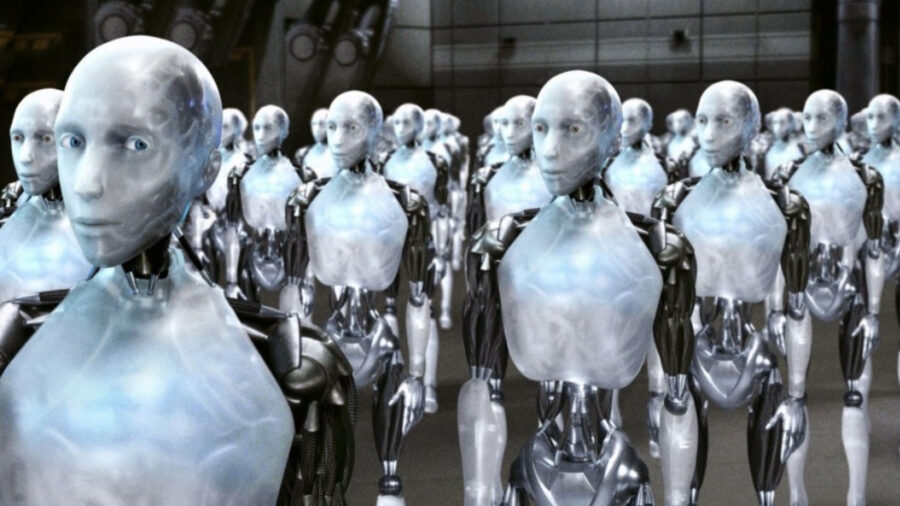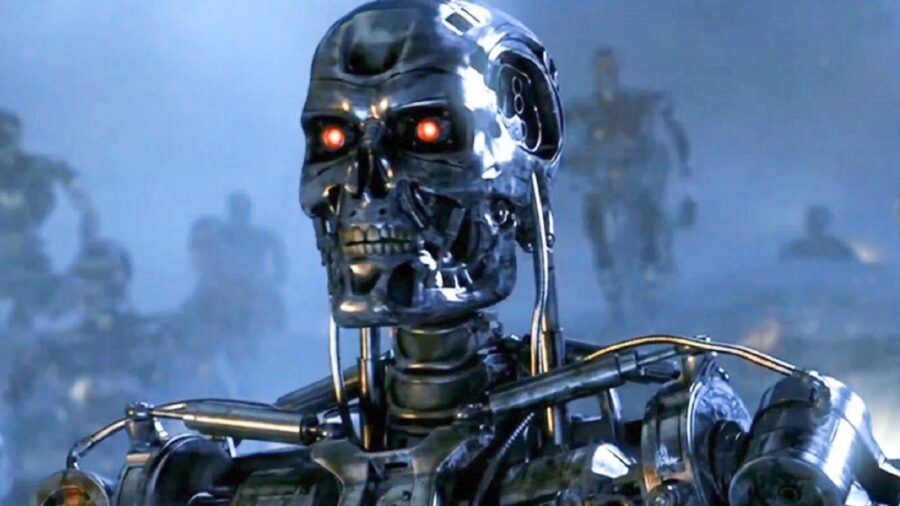Conscious Robots: Scientists Fervently Trying To Create Them Now
Conscious robots were once a taboo subject in academia, but now a team is actively trying to make them a reality, citing a future need for emphatic robots.

Once considered taboo in the field of robotics, consciousness has become the primary goal to attain. The New York Times reports that scientists at Columbia University are working on creating conscious robots that can learn and adapt to situations in real-time. This also means they can self-diagnose problems and correct mistakes.
The question of consciousness is sticky in a lot of circles beyond robotics, including psychology, neuroscience, and philosophy, so building conscious robots will be no simple task. This is why Professor Hod Lipson of the Creative Machines Lab at Columbia University is working with his simple definition of a machine that can adapt and has the ability to “imagine yourself in the future.” The scientist admits that back in the early 2000s when he started his work at Cornell University, even the notion of consciousness in machines was dangerous to discuss in academic circles.
However, 2022 saw the advent of new AI technologies such as ChatGPT, and Lipson and his team are more determined than ever to make conscious robots a reality. “If we can create a machine that will have consciousness on par with a human, this will eclipse everything else we’ve done,” he said in the interview.
These robots will be able to fulfill a variety of purposes that Lipson believes will be inevitable. The future, he says, will see humanity relying on robots for a variety of tasks both intimate and life-altering, and machines will therefore need to be self-aware and have some understanding of empathy in order to fulfill these functions. Conscious robots will be operating on patients, helping raise children, and possibly even curing disease, but they need a connection with humans in order to do so.
The Creative Machines Lab has already built machines that are self-aware and can draw pictures and simulations of themselves. One was even able to recognize itself in a mirror. However, the next step is to allow these machines to imagine themselves in a future state and how that state might affect the task they are performing or deteriorate future activity.
The biggest obstacle is that each robotics lab has its own idea of what a conscious robot looks like. There are also moral implications to building robots that have consciousness. Will they have rights, like in Bicentennial Man?

Considerations about conscious robots have been the domain of science fiction for decades. Isaac Asimov wrote several novels, including I, Robot, that examined the implications from the perspectives of law, society, and family, raising a lot of moral questions. Experts in ethical technology have considered and expanded upon these questions as scientists like those in the Columbia University lab work toward building more intelligent machines.
Science fiction has also brought us killer machines like in The Terminator, and conscious robots sound like a good way to have some. Humans might learn bad ideas and act upon them, and there is no reason to believe that robots will not fall into the same trap. Some of science’s greatest minds have warned against getting carried away with artificial intelligence.
However, Professor Lipson is correct in that society is heading toward a mechanized future. We already have Internet of Things devices that are built into common appliances and can make grocery lists, monitor your home for intruders, and even allow your pets to communicate with you. Conscious robots are inevitable, and they will probably make friends with Alexa and Siri.












